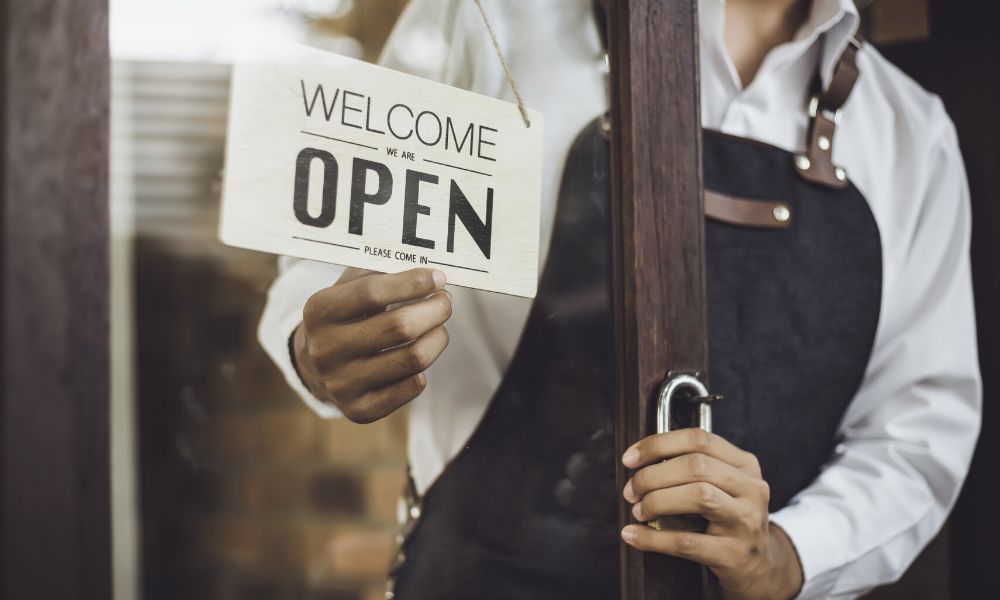If you want to open up your very own restaurant, chances are you already know exactly what kind of food you want to serve and what atmosphere and style you want. There is a lot more that goes into entering the restaurant business successfully than simply knowing that you want to run either a mid-scale diner or an upscale Italian place. Most restaurants fail within the first year, and the ones that make it past the one-year mark typically don’t hit the five-year mark. Here is a quick guide with tips for opening a restaurant that will last.
Pay attention to the menu
Knowing the general cuisine the restaurant will serve is very different than having a full menu. Team up with your executive chef and develop a menu full of on-cuisine items. Accurately price these items by considering the time it takes to cook one meal, the ingredients that go into the portion, the cost of opening the restaurant, the manpower it takes to prepare, cook, plate, and deliver the meal to the customer, and the cost of operating the restaurant. Food pricing is a pitfall for many new restaurants, so properly pricing the items sets you up for financial success.
Invest in necessities
Once you’ve developed a comprehensive menu, make sure you have the right equipment to make it. Because opening a restaurant is expensive, you may want to consider purchasing used restaurant equipment to save money—just make sure it’s still in good shape by testing it out before purchasing.
You also need to invest in good staff. A restaurant is only as good as it’s worst server or bartender. Customers love positive staff interactions and making sure you hire reliable and friendly people who work hard is essential to your business running smoothly.
Extra Tip: When budgeting, remember that you must pay your staff and suppliers as well as taxes. These costs are commonly forgotten about during budgeting.
Don’t forget to factor essentials into your budget
Factor in the cost of customer-care essentials. Many new restaurants forget to factor things like seating for bars, tables, and waiting areas into their start-up budget. Remember to invest in things to make your space comfortable and functional, too, such as silverware and silverware wraps, napkin dispensers for tables, condiments, and custom paper placematsthat display your restaurant name, logo, and featured menu items.

